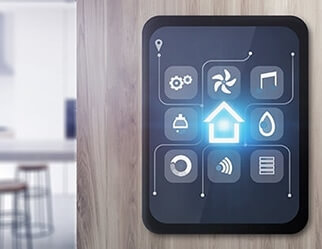Wireless Tech in Fire Detection and Protection
Wireless technology has significantly transformed fire detection systems, notably enhancing the performance of various detectors. The flexibility and ease of installation provided by wireless systems are particularly advantageous for heat detectors, combined smoke and CO detectors, combined smoke and heat detectors, and smoke detectors.
Heat detectors, ideal for spaces where smoke detectors may yield false alarms, find their place in kitchens or garages. Combined smoke and CO detectors are essential in residential spaces, offering comprehensive protection against fire and gas threats. In contrast, combined smoke and heat detectors are often installed in areas where the presence of smoke may be occasional, such as boiler rooms.
Wireless technology facilitates the quick and hassle-free integration of these detectors with fire suppression systems. Automatic communication between the detectors and fire control panels ensures a synchronised and rapid response to potential threats. Remote monitoring and control capabilities empower security personnel to manage these systems efficiently.











































